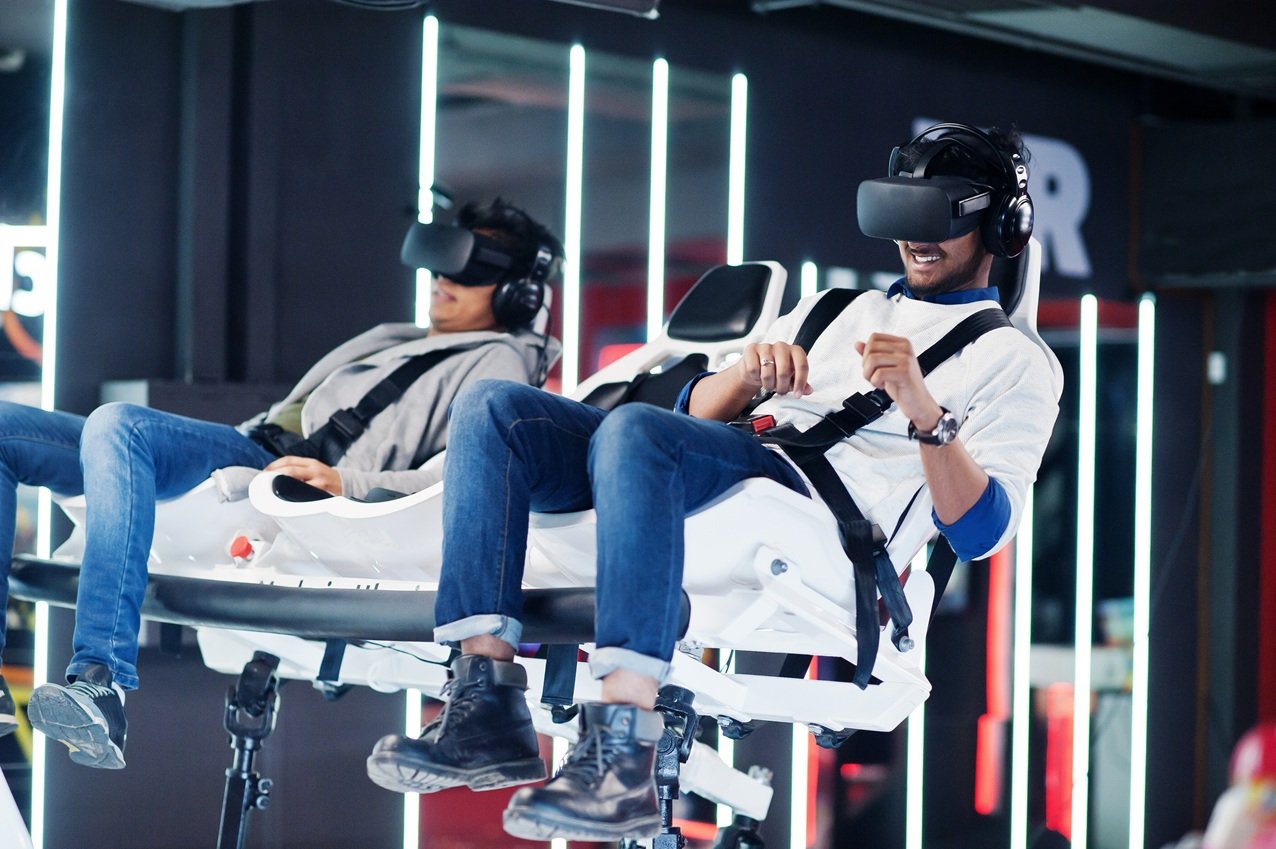In 2025, group entertainment is undergoing a dramatic transformation, and multiplayer virtual reality (VR) is leading the charge. From families and friends to corporate teams and esports fans, people are seeking experiences that are more interactive, immersive, and social than ever before. Unlike traditional group activities like bowling, laser tag, or movie nights, multiplayer VR offers something far more dynamic: the chance to enter a new world together. This shift has been made possible thanks to innovations in VR hardware, content design, and the work of advanced vr game machine manufacturer building systems tailored specifically for multiplayer use.
The Rise of Social Immersion
One of the most significant advantages of multiplayer VR is its ability to connect people through shared digital experiences. Whether you’re solving a puzzle in an escape room, fighting off alien invaders, or exploring a fantasy realm, these activities feel real—and they’re done together. The key here isn’t just immersion, but social immersion.
Traditional games may allow multiple players, but VR places users inside the game world. You see your teammates, hear them in 3D spatial audio, and even interact through gestures or motion. This creates a level of engagement that’s impossible to replicate on a flat screen.
Group Play Isn’t Just for Gamers Anymore
The audience for multiplayer VR has expanded beyond hardcore gamers. Many first-time players are introduced to VR through group events:
- Birthday parties
- Corporate team-building
- School field trips
- Tourist attractions
These aren’t just short mini-games—they’re often story-driven adventures that require teamwork, communication, and coordination. This makes multiplayer VR especially appealing to groups looking for something more meaningful than just watching a screen together.
Technological Advancements Make It Seamless
Until recently, multiplayer VR had technical limitations: bulky gear, lag, small play areas, or limited player capacity. But 2025 marks a new era. Today’s best VR arcades and entertainment centers offer:
- Wireless headsets with minimal latency
- Full-body tracking for more natural interactions
- Large, mapped arenas for free-roam gameplay
- Dynamic matchmaking systems for drop-in/drop-out experiences
These improvements allow up to 10 or more players to participate in the same virtual environment without sacrificing speed, visual fidelity, or immersion. The gear is also easier to use and more hygienic, with self-sanitizing stations and ergonomic designs.
Local Arcades Are Evolving into Social Hubs
Multiplayer VR is breathing new life into local entertainment venues. VR arcades and gaming lounges are transforming into social hubs where people come together for birthday parties, date nights, or spontaneous fun with friends.
Some venues combine VR games with food, drinks, and themed decor to make the experience more engaging. You’re no longer just entering a VR game but stepping into an entire event. These hybrid spaces draw in people who might never consider themselves “gamers,” but are looking for a new kind of group activity.
Flexible Content Keeps Players Coming Back
One primary reason multiplayer VR is so effective as a group entertainment tool is content flexibility. Operators can offer a wide variety of games and experiences to suit different audiences:
- Action shooters for adrenaline seekers
- Fantasy quests for storytelling lovers
- Escape rooms for puzzle fans
- Rhythm games and sports for more casual fun
These titles are often updated regularly or offered in episodes, giving players a reason to return. Some systems even include real-time scoreboards or team rankings, turning sessions into friendly competitions or tournaments.
Great for Repeat Business and Word-of-Mouth
Multiplayer VR isn’t just a hit with players—it’s a win for venue owners. These experiences are inherently social, which means more people per session and more opportunities for repeat visits. When one player has a good time, they often bring others along next time.
This “network effect” is especially powerful in group entertainment. Photos, social media posts, and word-of-mouth recommendations help spread the experience, often better than paid advertising.
Not Just Play: VR for Team-Building and Training
Multiplayer VR is also proving useful in corporate and educational settings. Companies now use VR for:
- Team-building exercises
- Crisis simulation and response training
- Leadership development workshops
Because VR demands real-time cooperation and communication, it naturally encourages soft skills like problem-solving, adaptability, and emotional intelligence.
For schools, multiplayer VR field trips can bring history, science, or geography lessons to life. Instead of reading about ancient Rome, students can explore it together as a team, walking through digital recreations.
The Future Is Social, Immersive, and Shared
As digital technology continues to evolve, the demand for shared experiences will only grow. People want connection, not just content. Multiplayer VR answers that need by offering a unique blend of adventure, cooperation, and immersion, ideal for groups.
Thanks to ongoing innovation from leading VR game machine manufacturers, the multiplayer VR landscape is more accessible, affordable, and appealing than ever. Whether running an entertainment venue or just planning your next night out, multiplayer VR offers a glimpse of what group entertainment is meant to be: active, unforgettable, and shared.




